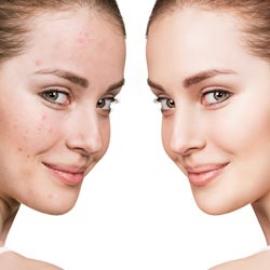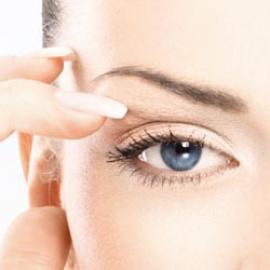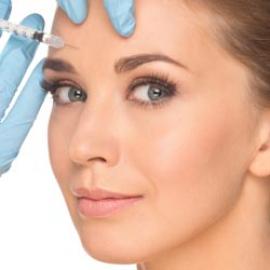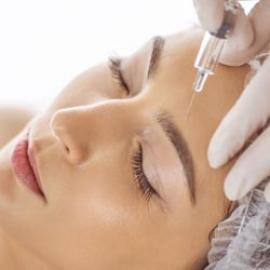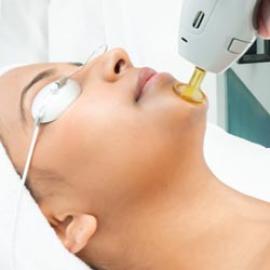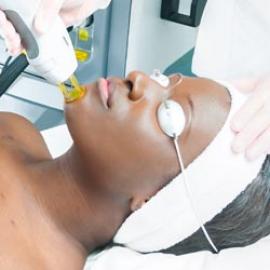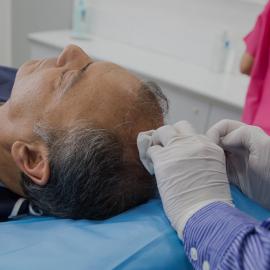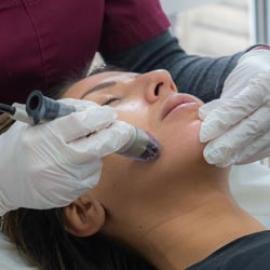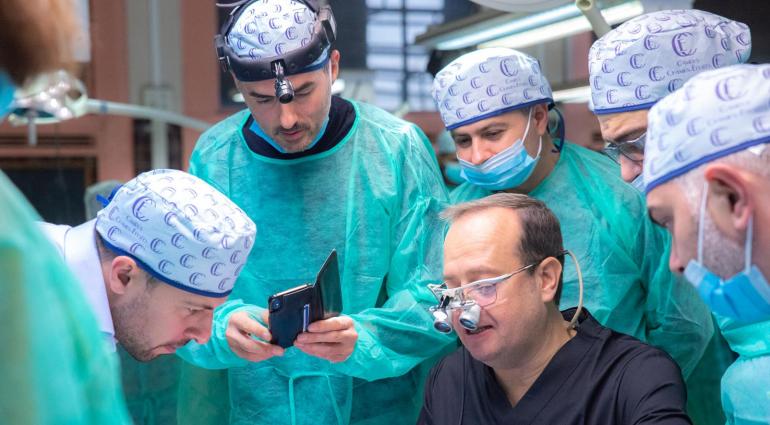
Baldness is a condition that mostly affects men, but it can also be seen in some women. In general, baldness begins between the ages of 20 and 35, but it may also begin much later around the age of 40. In any case, baldness can be a source of psychological distress for both men and women.
Baldness: what is it?
Hair does have a life-cycle. The hair cycle has three separate stages:
- Anagen phase: this hair growth phase lasts around 2 and 5 years.
- The catagen phase: this is the resting phase, and the hair stops growing. This step will last about three weeks.
- The telogen phase: the hair do not grow anymore, but is still attached to the follicle. The old hair then falls out, new follicles appear, and the hair cycle begins again.
Baldness, or androgenic alopecia, can be described as depletion hair loss in a person.
Baldness is indeed a progressive hair loss. It gets thinner and thinner, gradually turning into downy hair, and then it no longer grows back.
Today, two thirds of men are affected by baldness. Even if this is natural, it can sometimes be awkward and change the appearance of an individual, particularly on the face. After the age of 40, most of the men see their hair fall out. In addition, the first symptoms of baldness in humans can be found on the temples where the hair is receding and expands over time to the entire head.
Unlike temporary hair loss, baldness is a permanent condition.
What are the reasons for baldness?
Baldness has many causes and factors that stimulate it.
Genetic factors
According to studies, two genes are responsible for hair loss: the X chromosome and the 20 chromosome. The X chromosome is passed from mother to son only. Chromosome 20 is responsible for hair loss after age 45 and can be passed from mother to son and from father to son.
Hormones
Androgenic alopecia, particularly in men, may also be due to a progressive decrease in male hormones. In women, baldness typically occurs at the beginning of menopause or sometimes after childbirth. In this situation, it is mostly due to major hormonal changes.
Other factors
Stress, poor diet, or even some medications can worsen baldness in both men and women.
Baldness: how to solve it
Baldness can be treated in a number of ways depending on the degree of the baldness.
When baldness starts, PRP injections to the scalp or Miltahead LED helmet sessions may be suggested. These two treatments decrease your hair loss, but also to make your hair thicker.
Hair transplantation is the only way of solving baldness once it is visible. This hair surgery procedure helps the patient to have a full head of hair in one session. There are various hair transplantation methods, such as the FUE transplant or the Artas robot.














